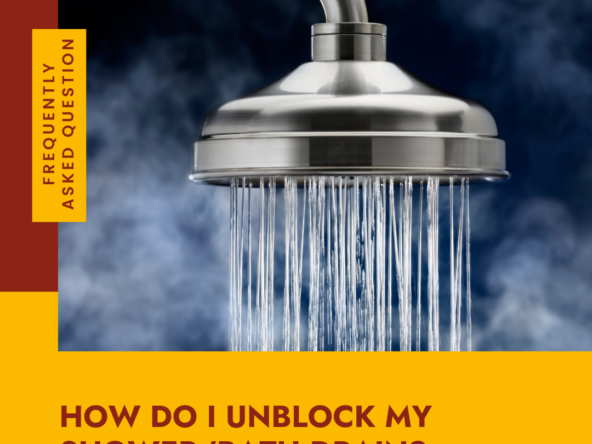I think it’s fair to say that most people are aware that condensation and mould are widespread issues in most student houses in the UK. But why is this, and is there anything you can do to prevent it?
As the temperature drops in Autumn, houses become increasingly vulnerable to condensation, which can lead to mould growth. Whilst it may appear a structural issue (eg. rising damp), in 99% of cases, the cause is lifestyle based, and can be managed internally by the occupants.
We made a short video helping you prevent and deal with any mould growth:
What causes it?
Condensation occurs when warm moist air comes into contact with a cold surface, like a window, wall tiles or a wall (usually external as these are colder). When a surface remains damp for a period of time, mould growth occurs.
Why is it so bad in student houses?
- Student houses usually have a higher number of people living in a smaller space. Each person produces around 2litres of water vapour a day through breathing, sweating, showering, cooking etc.
- Students often cook individually producing extra moisture through steam.
- Students often dry their laundry indoors
- Students often try to save money by not heating the house properly through the winter, this in turn means no windows are opened and so air quickly goes stale.
- Students often keep all internal doors closed for security reducing airflow through the house
The most vulnerable areas for mould growth are on external walls (as these are colder), especially where air gets trapped, such as behind large pieces of furniture like a wardrobe, sofa or bed.
How can I help reduce or prevent it?
- Make sure your heating is on regularly from October onwards keeping the house warm.
- Ensure you use any extractor fans supplied, and open windows wherever possible, especially in bathrooms and kitchens.
- When cooking, put lids on pans and turn the hob down, this will also save you gas/electricity.
- Don’t dry clothes on radiators or in bedrooms. Use a clothes airier.
- Think about placement of furniture in your room. Perhaps pull large items away from walls, and try to locate them on interior walls where possible.
- Make sure your bed or any other furniture isn’t pushed up against radiators
- Leave internal doors to bedrooms open as much as possible to increase airflow, but keep bathroom doors shut.
If you do find yourself with mould growth, a mould killing spray can be purchased at most supermarkets and should be sprayed onto the surface every day for a week. Bleach can be used to clean off the black spots, but will not kill the mould alone.




